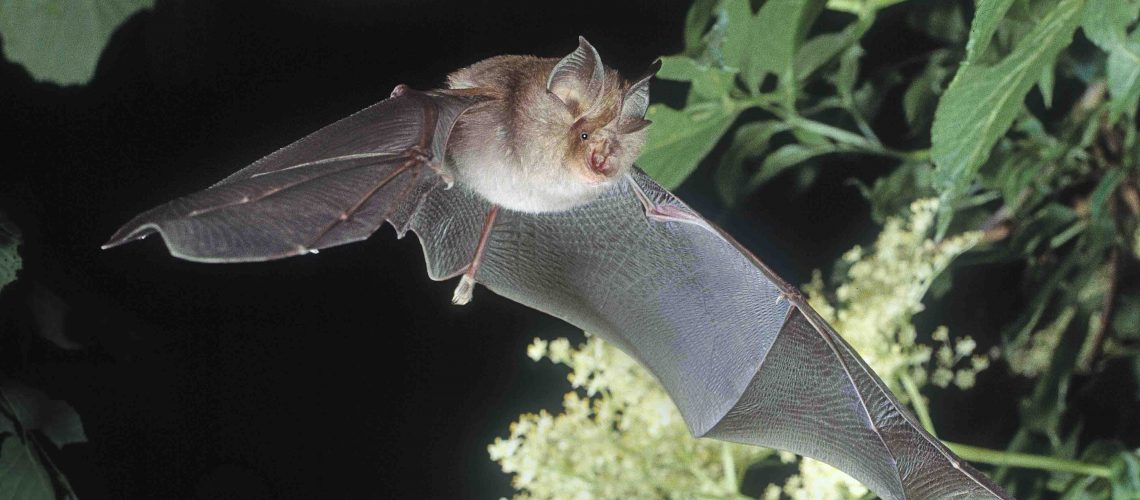
Researchers from the University of Cambridge have announced a partnership with nature conservation groups, aimed at getting the best science to busy on-the-ground conservationists.
The Conservation Evidence Project, set up by Professor Bill Sutherland at the University of Cambridge, summarises the scientific evidence on different conservation interventions that people have done all around the world. Their work so far includes the conservation of birds, bees, frogs and forests; they aim to cover all species and habitats in the next few years. Crucially, this information is made available for free, so anyone can read it and see what has worked – and what hasn’t. However, some conservation groups are still not using the available science, meaning they may not be as effective as they could be in conserving nature.
Several leading conservation organisations interested in the Conservation Evidence approach have decided to make it a key part of their decision-making and become Evidence Champions. The Vincent Wildlife Trust, Froglife, People’s Trust for Endangered Species and Oryx have all pledged to check the scientific evidence on ConservationEvidence.com every time they make a conservation decision. They are also keen to embrace the Conservation Evidence Project’s culture of experimental conservation by testing many of the actions they undertake – and researchers from the University of Cambridge will help them to design scientific studies to see how well their projects have worked, and publish the results so others can learn from their work.
Dr Henry Schofield, the VWT’s Conservation and Science Manager, was instrumental in developing this partnership with the Cambridge scientists. ‘We have been leaders in innovations to protect British and Irish mammals, especially the rare horseshoe bats. We have designed bespoke bat houses, predator-proof bat entrances and enhanced major hibernation sites. With the help of the University of Cambridge staff we can measure the impact we have had, and share the results with other conservationists.’
For conservation, developing a rigorous, evidence-based culture similar to that seen in medicine could be a game changer. In medicine, careful tests of treatments showed some routinely used methods were ineffective, or even harmful; and this helped develop the effective medical care we enjoy today. Professor Bill Sutherland envisages the same approach revolutionising nature conservation, a typically underfunded discipline.
‘Routinely checking the evidence before starting a project is clearly the conservation model of the future. We think conservation can be as science led, experimental and innovative as medicine; we just apply the lessons learned from healing people, to healing the planet.’